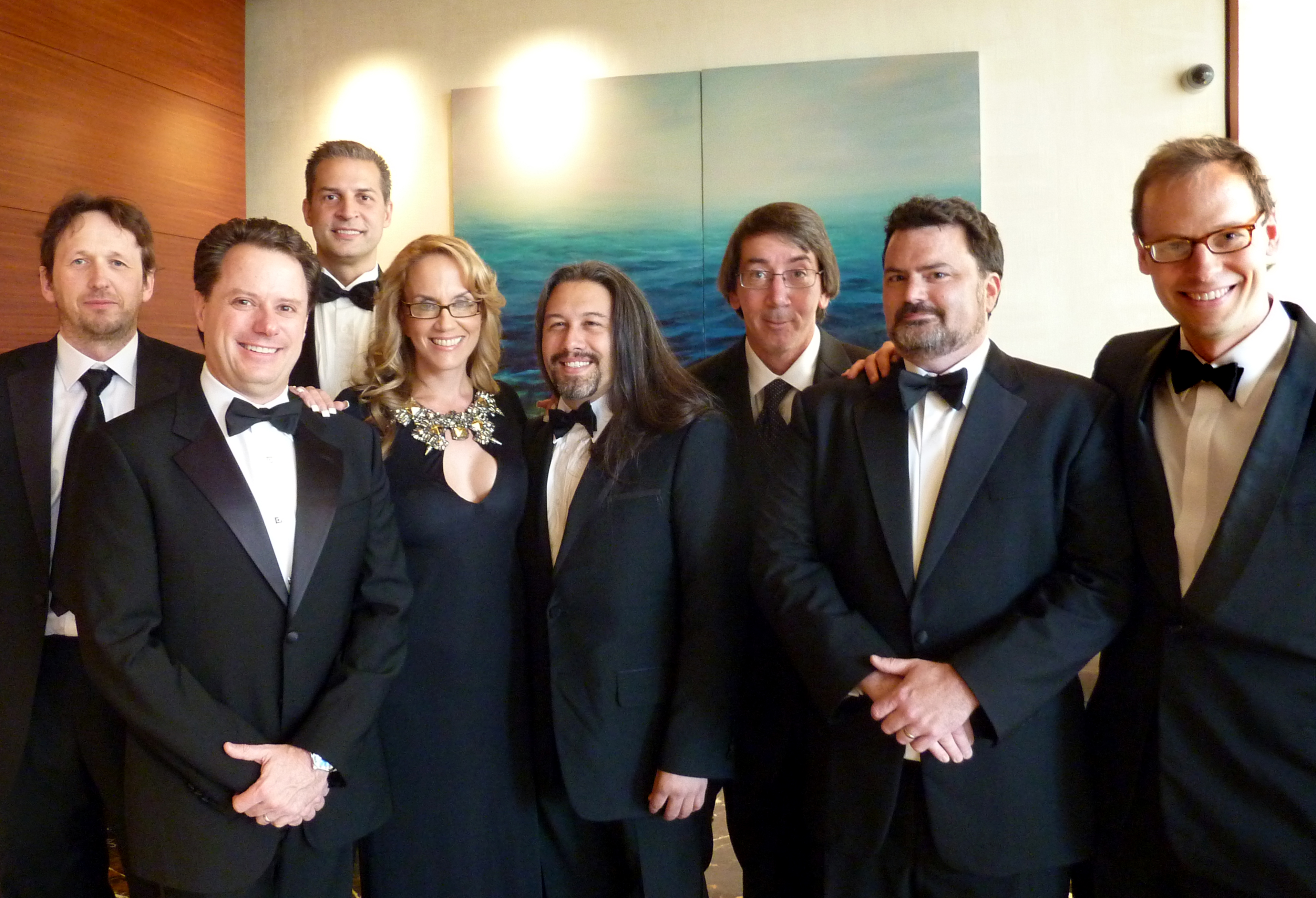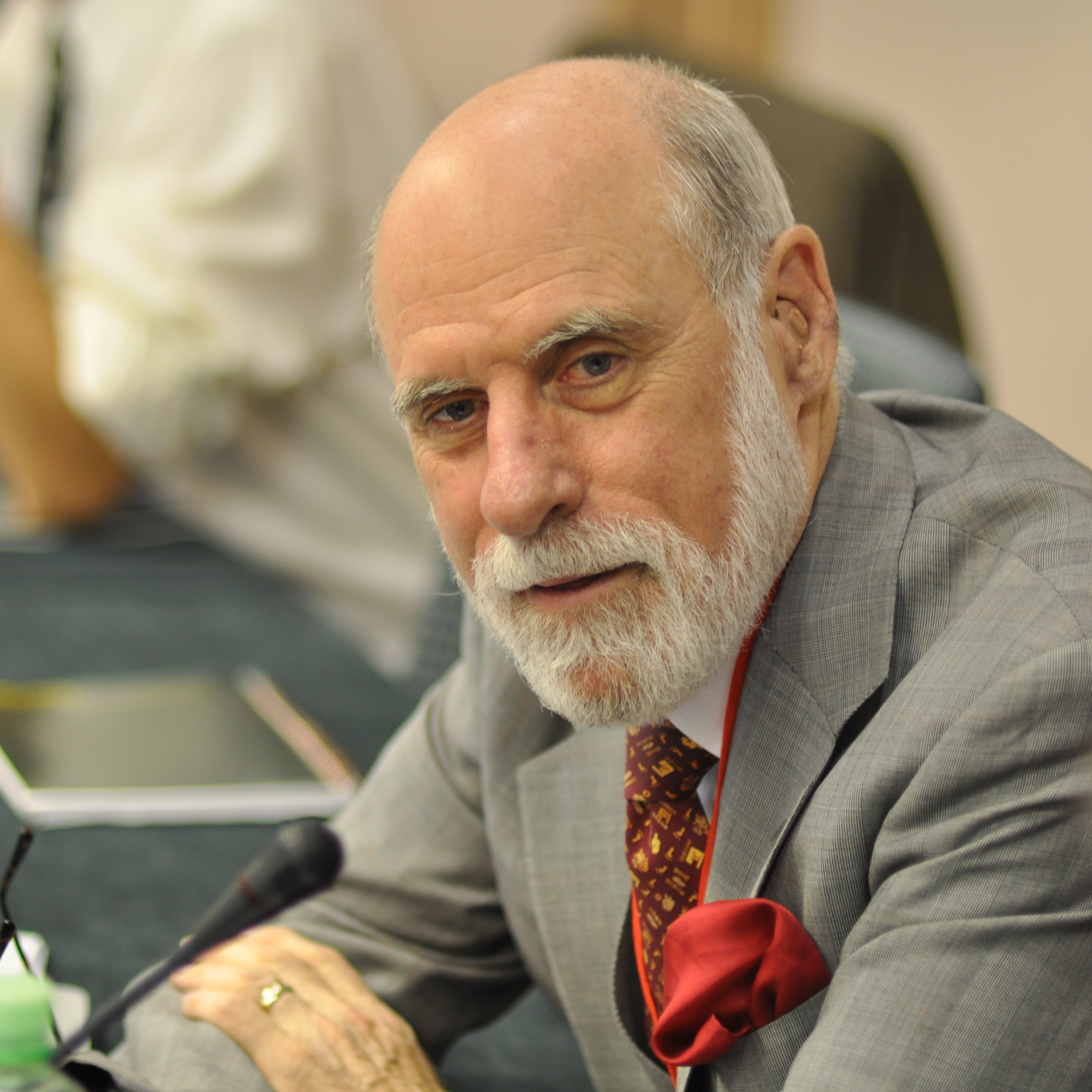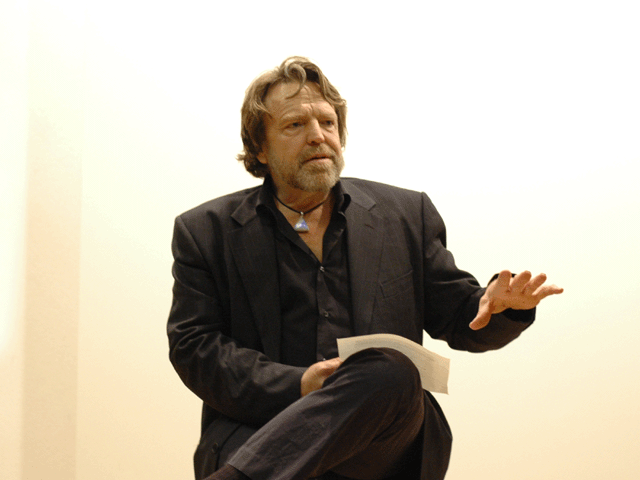|
Sputnik Observatory
Sputnik Observatory (SPTNK) is an educational non-profit organization that specializes in the study of contemporary culture. SPTNK documents, archives and disseminates ideas that are shaping modern thought. SPTNK has a website designed by Jonathan Harris that interconnects ideas in fields as diverse as quantum physics, mathematics, neuroscience, biology, economics, architecture, digital art, video games, computer science and music. Conversations include such people as physicist Freeman Dyson, game designer Will Wright, venture capitalist Jacques Vallée, biologist Lynn Margulis, aerospace entrepreneur Robert Bigelow, architect Lars Spuybroek and computer scientist Vint Cerf.. Sputnik Observatory was established and funded in New York City in 2003 by the principals of Sputnik Inc. Its goal is to encourage lifelong learning within a democratic space where people can listen and engage with ideas that inform contemporary history. Board Members include John Perry Barlow, Hiro Yamagata, ... [...More Info...] [...Related Items...] OR: [Wikipedia] [Google] [Baidu] |
Quantum Mechanics
Quantum mechanics is a fundamental theory in physics that provides a description of the physical properties of nature at the scale of atoms and subatomic particles. It is the foundation of all quantum physics including quantum chemistry, quantum field theory, quantum technology, and quantum information science. Classical physics, the collection of theories that existed before the advent of quantum mechanics, describes many aspects of nature at an ordinary (macroscopic) scale, but is not sufficient for describing them at small (atomic and subatomic) scales. Most theories in classical physics can be derived from quantum mechanics as an approximation valid at large (macroscopic) scale. Quantum mechanics differs from classical physics in that energy, momentum, angular momentum, and other quantities of a bound system are restricted to discrete values ( quantization); objects have characteristics of both particles and waves (wave–particle duality); and there are limits to ... [...More Info...] [...Related Items...] OR: [Wikipedia] [Google] [Baidu] |
Neuroscience
Neuroscience is the scientific study of the nervous system (the brain, spinal cord, and peripheral nervous system), its functions and disorders. It is a multidisciplinary science that combines physiology, anatomy, molecular biology, developmental biology, cytology, psychology, physics, computer science, chemistry, medicine, statistics, and Mathematical Modeling, mathematical modeling to understand the fundamental and emergent properties of neurons, glia and neural circuits. The understanding of the biological basis of learning, memory, behavior, perception, and consciousness has been described by Eric Kandel as the "epic challenge" of the Biology, biological sciences. The scope of neuroscience has broadened over time to include different approaches used to study the nervous system at different scales. The techniques used by neuroscientists have expanded enormously, from molecular biology, molecular and cell biology, cellular studies of individual neurons to neuroimaging, imaging ... [...More Info...] [...Related Items...] OR: [Wikipedia] [Google] [Baidu] |
Digital Art
Digital art refers to any artistic work or practice that uses digital technology as part of the creative or presentation process, or more specifically computational art that uses and engages with digital media. Since the 1960s, various names have been used to describe digital art, including computer art, multimedia art and new media art. History John Whitney, a pioneer of computer graphics, developed the first computer-generated art in the early 1960s by utilizing mathematical operations to create art. In 1963, Ivan Sutherland invented the first user interactive computer-graphics interface known as Sketchpad. Andy Warhol created digital art using a Commodore Amiga where the computer was publicly introduced at the Lincoln Center, New York, in July 1985. An image of Debbie Harry was captured in monochrome from a video camera and digitized into a graphics program called ProPaint. Warhol manipulated the image by adding color by using flood fills. After some initial resistan ... [...More Info...] [...Related Items...] OR: [Wikipedia] [Google] [Baidu] |
Computer Science
Computer science is the study of computation, automation, and information. Computer science spans theoretical disciplines (such as algorithms, theory of computation, information theory, and automation) to Applied science, practical disciplines (including the design and implementation of Computer architecture, hardware and Computer programming, software). Computer science is generally considered an area of research, academic research and distinct from computer programming. Algorithms and data structures are central to computer science. The theory of computation concerns abstract models of computation and general classes of computational problem, problems that can be solved using them. The fields of cryptography and computer security involve studying the means for secure communication and for preventing Vulnerability (computing), security vulnerabilities. Computer graphics (computer science), Computer graphics and computational geometry address the generation of images. Progr ... [...More Info...] [...Related Items...] OR: [Wikipedia] [Google] [Baidu] |
Freeman Dyson
Freeman John Dyson (15 December 1923 – 28 February 2020) was an English-American theoretical physicist and mathematician known for his works in quantum field theory, astrophysics, random matrices, mathematical formulation of quantum mechanics, condensed matter physics, nuclear physics, and engineering. He was Professor Emeritus in the Institute for Advanced Study in Princeton and a member of the Board of Sponsors of the Bulletin of the Atomic Scientists. Dyson originated several concepts that bear his name, such as Dyson's transform, a fundamental technique in additive number theory, which he developed as part of his proof of Mann's theorem; the Dyson tree, a hypothetical genetically engineered plant capable of growing in a comet; the Dyson series, a perturbative series where each term is represented by Feynman diagrams; the Dyson sphere, a thought experiment that attempts to explain how a spacefaring, space-faring civilization would meet its energy requirements with ... [...More Info...] [...Related Items...] OR: [Wikipedia] [Google] [Baidu] |
Will Wright (game Designer)
William Ralph Wright (born January 20, 1960) is an American video game designer and co-founder of the former game development company Maxis, and then part of Electronic Arts (EA). In April 2009, he left EA to run Stupid Fun Club Camp, an entertainment think tank in which Wright and EA are principal shareholders. The first computer game Wright designed was '' Raid on Bungeling Bay'' in 1984, but it was ''SimCity'' that brought him to prominence. The game was released by Maxis, a company Wright formed with Jeff Braun, and he built upon the game's theme of computer simulation with numerous other titles including ''SimEarth'' and ''SimAnt''. Wright's greatest success to date comes from being the original designer for ''The Sims''. The game spawned multiple sequels, including ''The Sims 2'', '' The Sims 3'', and ''The Sims 4'' and expansion packs, and Wright has earned many awards for his work. His latest work, ''Spore'', was released in September 2008 and features gameplay based up ... [...More Info...] [...Related Items...] OR: [Wikipedia] [Google] [Baidu] |
Jacques Vallée
Jacques Fabrice Vallée (; born September 24, 1939) is an Internet pioneer, computer scientist, venture capitalist, author, ufologist and astronomer currently residing in San Francisco, California and Paris, France. His scientific career began as a professional astronomer at the Paris Observatory. Vallée co-developed the first computerized map of Mars for NASA in 1963. He later worked on the network information center for the ARPANET, a precursor to the modern Internet, as a staff engineer of SRI International's Augmentation Research Center under Douglas Engelbart. Vallée is also an important figure in the study of unidentified flying objects (UFOs), first noted for a defense of the scientific legitimacy of the extraterrestrial hypothesis and later for promoting the interdimensional hypothesis. Early life Vallée was born in Pontoise, France in 1939. He completed his undergraduate degree in mathematics at the University of Paris in 1959 and received the equivalent of an MS ... [...More Info...] [...Related Items...] OR: [Wikipedia] [Google] [Baidu] |
Lynn Margulis
Lynn Margulis (born Lynn Petra Alexander; March 5, 1938 – November 22, 2011) was an American evolutionary biologist, and was the primary modern proponent for the significance of symbiosis in evolution. Historian Jan Sapp has said that "Lynn Margulis's name is as synonymous with symbiosis as Charles Darwin's is with evolution." In particular, Margulis transformed and fundamentally framed current understanding of the evolution of cells with nuclei – an event Ernst Mayr called "perhaps the most important and dramatic event in the history of life" – by proposing it to have been the result of symbiotic mergers of bacteria. Margulis was also the co-developer of the Gaia hypothesis with the British chemist James Lovelock, proposing that the Earth functions as a single self-regulating system, and was the principal defender and promulgator of the five kingdom classification of Robert Whittaker. Throughout her career, Margulis' work could arouse intense objection (one grant applic ... [...More Info...] [...Related Items...] OR: [Wikipedia] [Google] [Baidu] |
Robert Bigelow
Robert Thomas Bigelow (born May 12, 1944) is an American businessman. He owns the hotel chain Budget Suites of America and is the founder of Bigelow Aerospace. In 2011, '' Forbes'' estimated his net worth to be $700 million. Bigelow has provided financial support for investigations of UFOs and parapsychological topics, including the continuation of consciousness after death. Early life and education Bigelow grew up in Las Vegas, Nevada, attended Highland Elementary School, and was first exposed to science through a number of the nuclear weapons tests conducted about 70 miles northwest of the city. At age 12, Bigelow decided that his future lay in space travel. Despite his limitations in mathematics, he resolved to choose a career that would make him rich enough that, one day, he could hire the scientific expertise required to launch his own space program. He enrolled in the University of Nevada, Reno, in 1962 to study banking and real estate, and he graduated from Ar ... [...More Info...] [...Related Items...] OR: [Wikipedia] [Google] [Baidu] |
Lars Spuybroek
Lars Matthias M. Spuybroek (born September 16, 1959, Rotterdam) is a Dutch architect and theorist who lives and works in Atlanta, where he is a professor of architecture. Education Born in Vreewijk in the south of Rotterdam, he spent most of his childhood in Hillegersberg, in the north of the city. He graduated cum laude at the Technical University Delft in 1989. A year later, he won the Archiprix for his Palazzo Pensile, a new royal palace for Queen Beatrix in Rotterdam. Shortly after, he started NOX-magazine with Maurice Nio, of which four issues were published in Dutch between 1991 and 1994 (A: Actiones in Distans, B: Biotech, C: Chloroform en D: Djihad). From 1995 until 2010, Lars Spuybroek was the sole principal of the office that carried the name NOX, which was responsible for several buildings and artworks in the Netherlands and abroad. Career Lars Spuybroek broke onto the international scene of architecture with his water pavilion on the island of Neeltje Jans (opene ... [...More Info...] [...Related Items...] OR: [Wikipedia] [Google] [Baidu] |
Vint Cerf
Vinton Gray Cerf (; born June 23, 1943) is an American Internet pioneer and is recognized as one of " the fathers of the Internet", sharing this title with TCP/IP co-developer Bob Kahn. He has received honorary degrees and awards that include the National Medal of Technology, the Turing Award,Cerf wins Turing Award February 16, 2005 the ,2005 Presidential Medal of Freedom recipients from the White House webs ... [...More Info...] [...Related Items...] OR: [Wikipedia] [Google] [Baidu] |
John Perry Barlow
John Perry Barlow (October 3, 1947February 7, 2018) was an American poet, essayist, cattle rancher, and cyberlibertarian political activist who had been associated with both the Democratic and Republican parties. He was also a lyricist for the Grateful Dead, a founding member of the Electronic Frontier Foundation and the Freedom of the Press Foundation, and an early fellow at Harvard University's Berkman Klein Center for Internet & Society. Early life and education Barlow was born in Sublette County, Wyoming near the town of Cora, the only child of Norman Walker Barlow (1905–1972), a Republican state legislator, and his wife, Miriam Adeline Barlow ( Jenkins, later Bailey; 1905–1999), who married in 1929. Barlow's paternal ancestors were Mormon pioneers. He grew up on Bar Cross Ranch in Cora, Wyoming, a property his great-uncle founded in 1907, and attended elementary school in a one-room schoolhouse. Raised as a devout Mormon, he was prohibited from watching television un ... [...More Info...] [...Related Items...] OR: [Wikipedia] [Google] [Baidu] |








